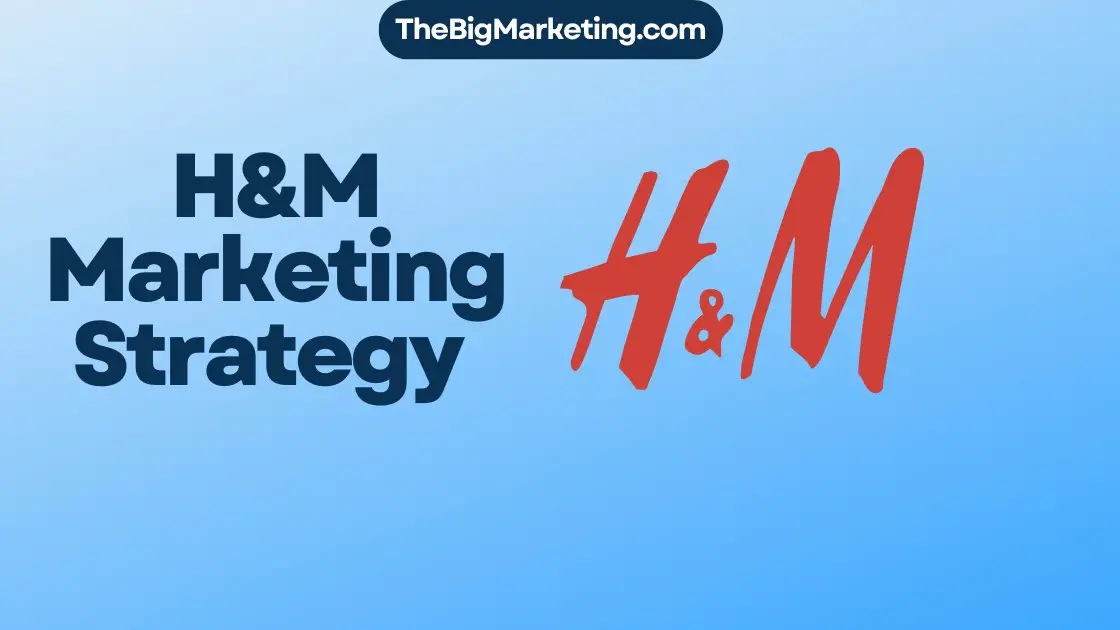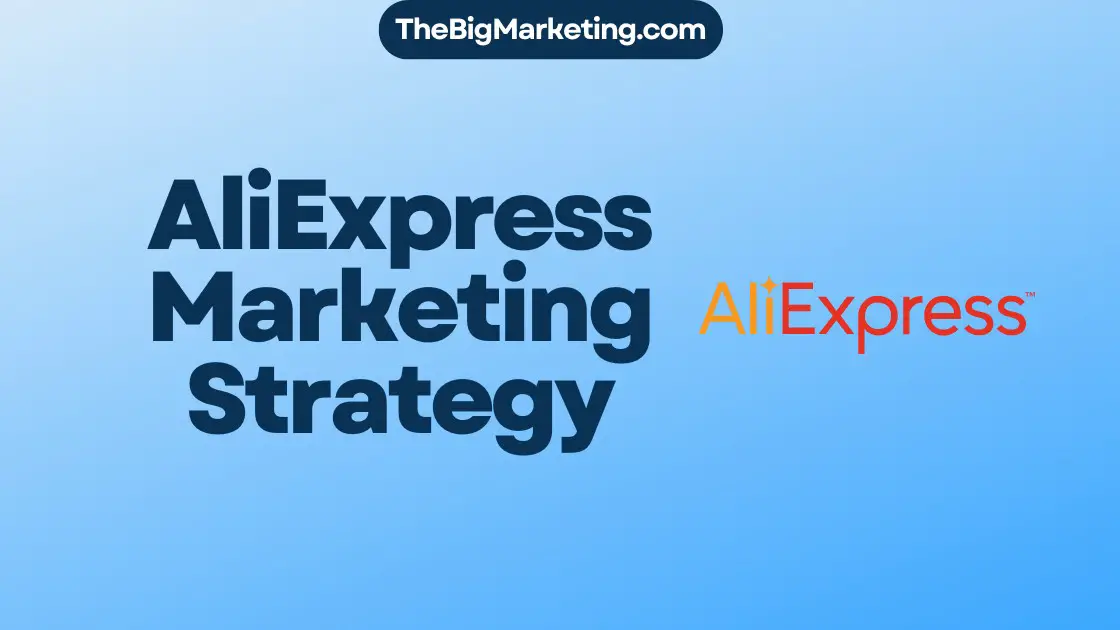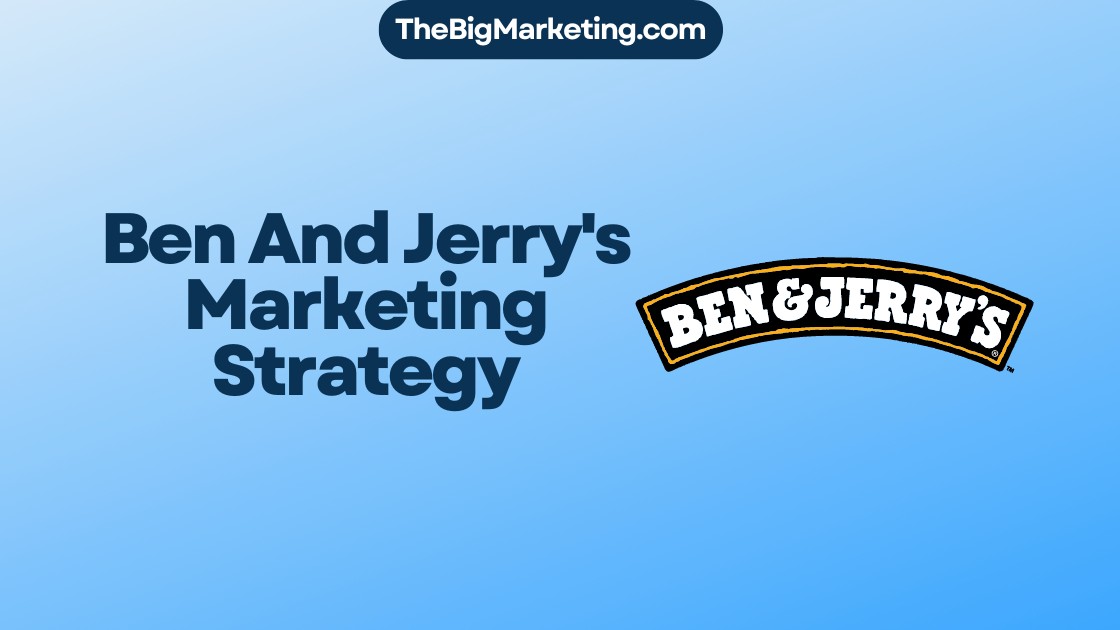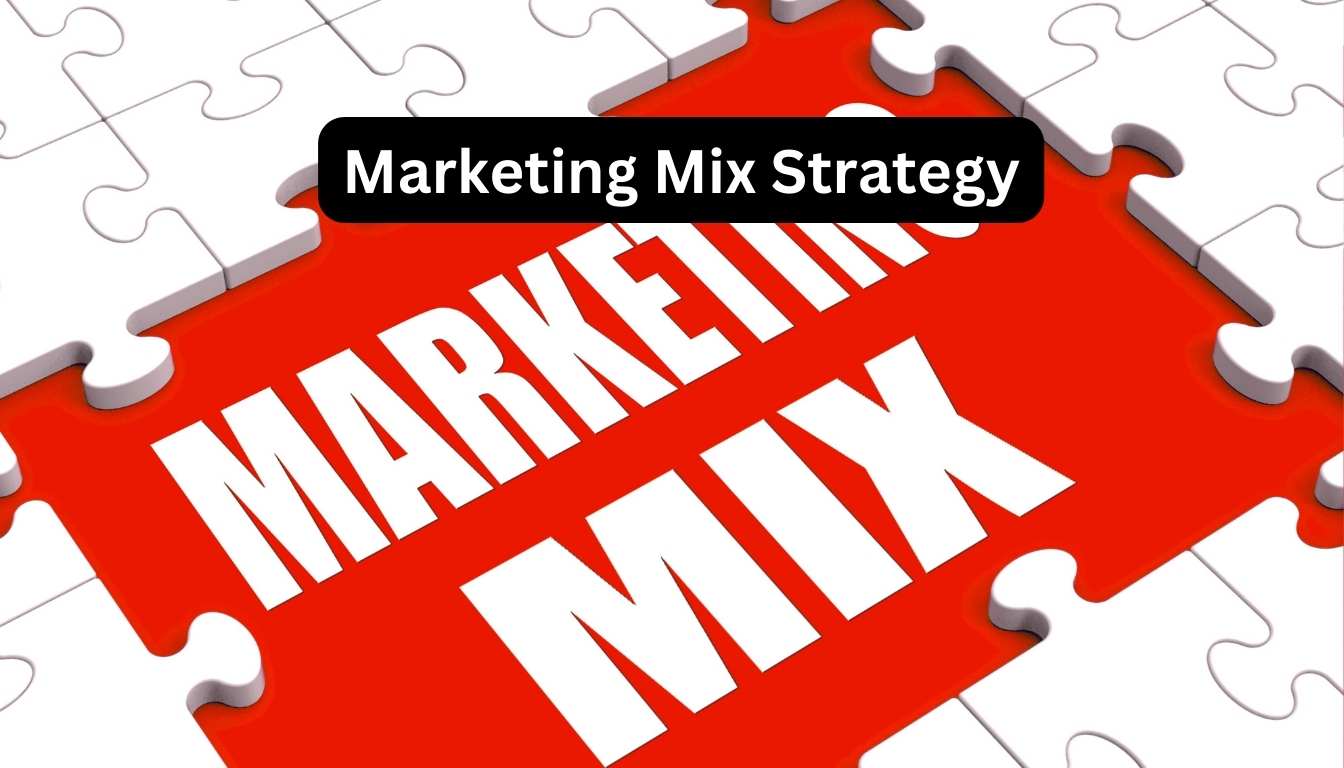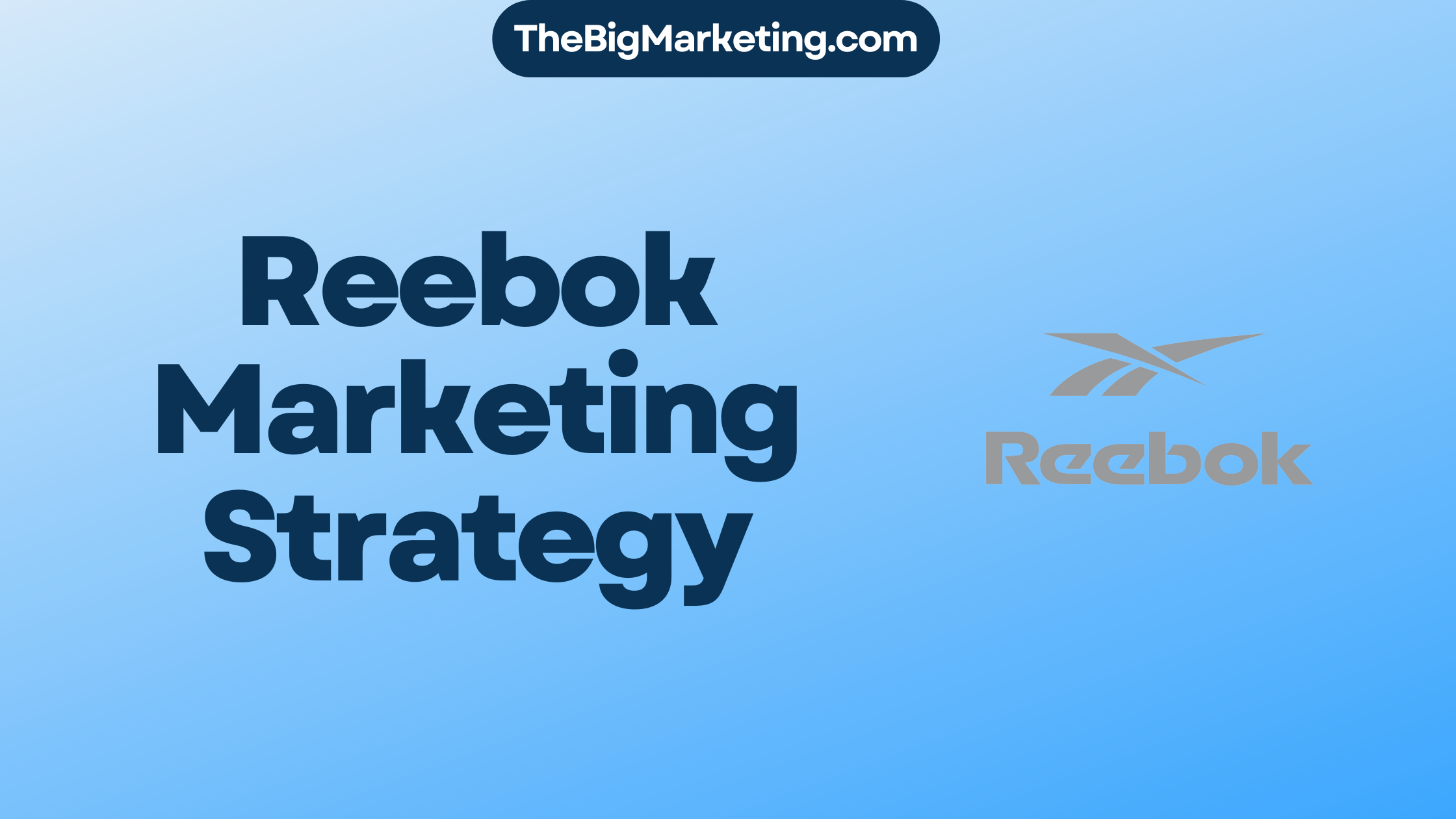Developing a successful marketing strategy requires a deep understanding of the balance between marketing time and exposure time. The amount of time invested in marketing activities directly impacts a brand’s online visibility, audience engagement, and overall brand exposure.
To optimize marketing efforts, businesses need to employ effective digital marketing tactics and promotional campaigns. Techniques such as search engine optimization (SEO) and social media outreach can significantly boost brand visibility and drive desired outcomes.
Key Takeaways:
- Marketing Time Vs Exposure Time is crucial in developing a successful marketing strategy.
- Investing time in digital marketing tactics can enhance brand visibility.
- Search engine optimization (SEO) and social media outreach are effective tools for boosting brand exposure.
- Audience engagement is a key factor in maximizing marketing efforts.
- Optimizing exposure time can result in desired outcomes and increased success.
The Different Marketing Approaches: ATL, BTL, and TTL
When it comes to marketing strategies, companies have various approaches to promote their products or services. Three of the most common methods are ATL (Above the Line) marketing, BTL (Below the Line) marketing, and TTL (Through the Line) marketing. Each approach offers unique benefits and targets different audiences.
ATL marketing focuses on mass media channels to reach a wide audience. This includes advertising through television, radio, and newspapers, as well as online platforms. By leveraging these channels, companies can increase brand exposure and create awareness among a broad range of consumers. ATL marketing is especially effective for generating brand recognition on a large scale.
BTL marketing, on the other hand, takes a more targeted and direct approach. It involves personalized communication with specific audiences through channels such as direct mail, email marketing campaigns, and promotional events. This type of marketing allows companies to tailor their messages and offers to individual customers or small groups. BTL marketing can foster stronger connections and customer loyalty by delivering relevant and personalized experiences.
Finally, TTL marketing combines the best of both ATL and BTL strategies. It creates integrated campaigns that reach a wide range of consumers across various channels. By adopting TTL marketing, companies can maximize their marketing efforts and ensure a comprehensive approach to engaging with their target market. This strategy allows for both mass reach and targeted communication.
To further understand the differences between ATL, BTL, and TTL marketing, the table below provides a summary of their key characteristics:
| Marketing Approach | Definition | Target Audience | Main Channels |
|---|---|---|---|
| ATL Marketing | Above the Line marketing that targets a wide audience through mass media channels. | Wide audience | Television, radio, newspapers, online media |
| BTL Marketing | Below the Line marketing that focuses on personalized communication with specific audiences. | Specific audiences | Direct mail, email marketing campaigns, promotional events, point-of-sale advertising |
| TTL Marketing | Through the Line marketing that combines both ATL and BTL strategies for integrated campaigns. | Wide range of consumers | Various channels across ATL and BTL |
By understanding these different marketing approaches, companies can choose the most suitable strategy for their specific goals and target audience. Whether it’s reaching the masses with ATL marketing, personalizing communication with BTL marketing, or integrating both approaches with TTL marketing, the key is to align the marketing strategy with the desired outcomes.
Understanding ATL Marketing
ATL marketing, short for Above the Line marketing, is a powerful strategy used by businesses to reach a wide audience and create strong brand awareness. It involves the use of various mass media channels to promote products or services to a large number of people.
Mass media channels utilized in ATL marketing include television, radio, print media, outdoor advertising, and online media. These channels provide businesses with the opportunity to showcase their brand, products, or services to a vast and diverse audience.
One of the primary objectives of ATL marketing is to generate brand awareness. By leveraging mass media channels, businesses can broadcast their message to a wide range of individuals, increasing the visibility of their brand and attracting potential customers.
While ATL marketing can generate significant exposure for a brand or product, measuring its effectiveness can be a challenge. Due to the wide reach of mass media channels, it can be difficult to accurately track the impact of ATL marketing campaigns and identify the return on investment.
Despite the potential challenges, ATL marketing remains a popular choice for businesses aiming to create brand awareness on a large scale and reach a wide audience. It offers the opportunity to capture the attention of potential customers across various mass media platforms and establish a strong presence in the market.
To better understand the impact of ATL marketing, let’s explore a case study that highlights its effectiveness in promoting brand awareness and engaging a wide audience:
| Case Study: Share a Coke Campaign |
|---|
|
Examples of Successful ATL Marketing Campaigns
ATL marketing campaigns have proven to be highly effective in capturing the attention of a wide audience and boosting brand recognition. Let’s explore some of the most famous examples of successful ATL campaigns:
Coca-Cola’s “Share a Coke” Campaign
Coca-Cola’s “Share a Coke” campaign took personalization to a new level by printing popular names on Coke bottles and cans. This campaign generated immense buzz and encouraged consumers to purchase drinks with their own names or the names of loved ones. The campaign resulted in increased sales, customer engagement, and widespread brand recognition.
Nike’s “Just Do It” Campaign
Nike’s iconic “Just Do It” campaign has become synonymous with motivation and athletic success. By featuring influential athletes and their stories of determination, Nike encouraged people to pursue their dreams and push beyond their limits. This campaign played a significant role in establishing Nike as a leading sportswear brand globally and inspiring millions around the world.
Apple’s “Think Different” Campaign
Apple’s “Think Different” campaign revolutionized the tech industry by focusing on brand messaging and celebrating the visionaries who had a profound impact on the world. Featuring iconic figures such as Albert Einstein, Martin Luther King Jr., and Mahatma Gandhi, Apple conveyed the message that their products were tools for creative thinking and innovation. This campaign played a pivotal role in establishing Apple’s reputation as an innovative and visionary brand.
| Campaign | Description | Key Success Factors |
|---|---|---|
| Coca-Cola’s “Share a Coke” Campaign | Personalized Coke bottles and cans with popular names | Increased sales, customer engagement, and brand recognition |
| Nike’s “Just Do It” Campaign | Featuring iconic athletes and inspiring stories | Elevated Nike’s status as a leading sportswear brand |
| Apple’s “Think Different” Campaign | Focused on brand messaging and featured iconic figures | Established Apple as an innovative and visionary brand |
Exploring BTL Marketing
BTL marketing, also known as Below the Line marketing, is a targeted approach that focuses on personalized communication with individual customers or small groups. It involves using various strategies such as direct mail campaigns, email marketing, promotional events, and point-of-sale advertising to reach specific audiences.
BTL marketing offers several advantages for businesses. Firstly, it provides cost-effectiveness as the campaigns are tailored to reach a smaller but highly targeted audience. This enables businesses to allocate their marketing budget more efficiently and maximize their return on investment. Secondly, BTL marketing allows for measurable results, as it is easier to track the effectiveness of direct mail campaigns, email marketing, and other targeted strategies.
With BTL marketing, businesses have the flexibility to customize their messages according to the preferences and needs of their target audience. This helps in building stronger relationships with customers and increasing the chances of conversion. However, it’s important to note that BTL marketing has its limitations. Unlike Above the Line (ATL) marketing, which focuses on mass media channels to reach a wide audience, BTL marketing has a more limited reach. It requires a more personalized approach to detail for maximum impact.
To better understand the differences, let’s take a look at a comparison between ATL and BTL marketing in the table below:
| ATL Marketing | BTL Marketing |
|---|---|
| Targets a wide audience through mass media channels | Focuses on personalized communication with specific audiences |
| Creates brand awareness on a large scale | Delivers customized messages to a targeted audience |
| Expensive and challenging to measure effectiveness | Cost-effective and offers measurable results |
| Messages may have a broad appeal but lack customization | Allows for personalized messages and stronger customer relationships |
By understanding the benefits and limitations of BTL marketing, businesses can integrate it into their overall marketing strategy to complement ATL efforts and ensure targeted communication with their desired audience.
BTL Marketing Strategies for Email Campaigns
BTL marketing (Below the Line Marketing) is a highly effective approach for email marketing campaigns. By implementing specific strategies, businesses can create personalized and targeted messages that significantly enhance engagement, loyalty, and sales. Let’s explore some of the most effective BTL marketing strategies for email campaigns:
Welcome Emails
Welcome emails are the perfect opportunity to make a great first impression on new subscribers. By sending personalized welcome emails, businesses can establish a positive relationship with their audience from the start. These emails can include a warm greeting, exclusive offers, helpful resources, and relevant information about the brand or product. The goal is to make subscribers feel valued and excited about their decision to join the email list.
Abandoned Cart Emails
Abandoned cart emails are an excellent strategy for reminding customers about their unpurchased items. By sending targeted emails that showcase the products left behind, businesses can encourage customers to complete their purchase. These emails often include a compelling call-to-action, such as a discount or limited-time offer, to incentivize conversion. Abandoned cart emails provide an opportunity to re-engage users who showed initial interest but didn’t make a purchase.
Birthday or Anniversary Emails
Birthday or anniversary emails offer a personalized touch and help create stronger connections with customers. By acknowledging special occasions, businesses can make customers feel valued and appreciated. These emails can include exclusive discounts, customized offers, or simply extend warm wishes. Birthday or anniversary emails demonstrate that the brand values and cares about its customers on an individual level, further enhancing loyalty and customer satisfaction.
Re-engagement Emails
Re-engagement emails are crucial for winning back inactive customers and revitalizing their interest in the brand. These emails can be customized to address the specific reasons for their inactivity, such as a reminder of the benefits they are missing out on. Re-engagement emails often include incentive-based offers, exclusive content, or product recommendations to rekindle customer engagement. By strategically targeting inactive customers, businesses can revive their interest and re-establish a valuable relationship.
By implementing these BTL marketing strategies in email campaigns, businesses can create customized and targeted messages that resonate with their audience. These strategies are designed to enhance engagement, loyalty, and sales by leveraging the power of personalized communication. The effectiveness of BTL marketing in email campaigns is proven, making it an essential component of any successful email marketing strategy.
| Benefits of BTL Marketing in Email Campaigns | Strategies |
|---|---|
| Enhanced engagement and customer loyalty | Welcome emails |
| Incentivize conversion and decrease cart abandonment | Abandoned cart emails |
| Personalized touch and strengthened customer relationships | Birthday or anniversary emails |
| Revive interest and re-engage inactive customers | Re-engagement emails |
The Power of Email Signature Marketing
Email signature marketing is a powerful and effective form of below the line (BTL) marketing. By including marketing messages or calls-to-action (CTAs) in email signatures, businesses can leverage this often-overlooked space to drive desired actions and increase brand visibility.
One of the key advantages of email signature marketing is the opportunity for personalization. With each email sent, businesses have the chance to deliver a personalized message to recipients, reinforcing brand consistency and fostering a personalized connection with the audience.
Moreover, email signature marketing provides increased visibility for businesses. Every email sent becomes an opportunity to showcase the brand identity and promote key messages. By consistently using well-designed and visually appealing email signatures, businesses can reinforce their brand’s presence and make a lasting impression.
In addition to brand consistency and increased visibility, email signature marketing is also known for its cost-effectiveness. Unlike other marketing channels that may require substantial investments, utilizing the email signature space for marketing purposes incurs minimal to no additional costs. This makes it an attractive option for businesses looking to optimize their marketing efforts within budget constraints.
Furthermore, email signature marketing offers an excellent platform for incorporating clear and compelling CTAs. By strategically placing CTAs in email signatures, businesses can guide recipients towards specific actions, such as visiting a website, downloading a resource, or signing up for a newsletter. These CTAs effectively drive engagement and conversions, making email signature marketing a valuable tactic for achieving desired outcomes.
Overall, email signature marketing is a powerful BTL marketing strategy that businesses should consider utilizing. Its personalization, brand consistency, increased visibility, cost-effectiveness, and call-to-action capabilities make it an effective tool for optimizing marketing efforts and driving desired actions.
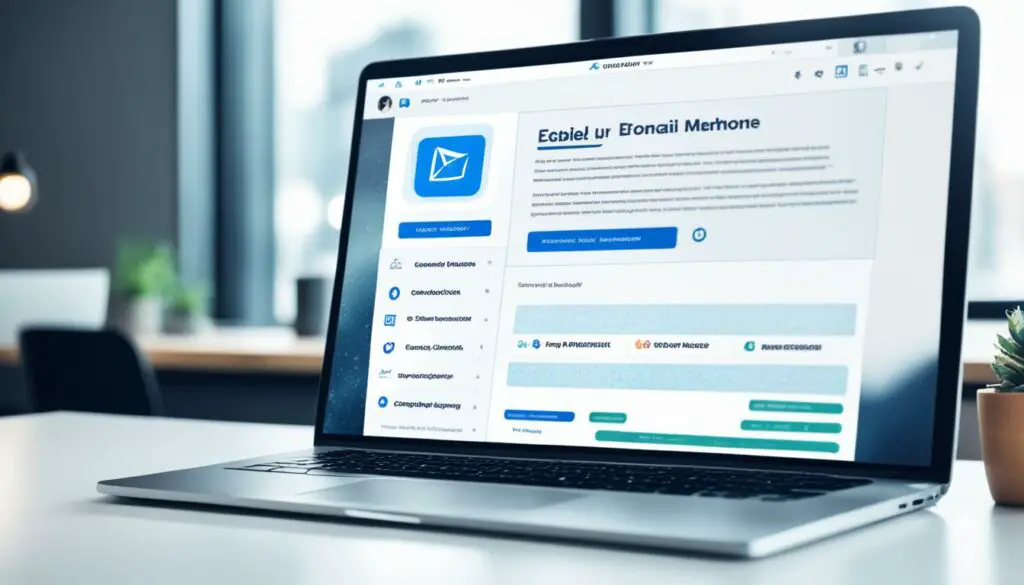
Understanding TTL Marketing
TTL marketing, also known as Through the Line marketing, combines the strengths of both above the line (ATL) and below the line (BTL) strategies to create integrated and comprehensive marketing campaigns. By leveraging mass-market advertising techniques and personalized communication methods, TTL marketing aims to cover all aspects of the customer journey, from initial brand awareness to customer retention.
TTL marketing is designed to ensure that businesses can reach a wider audience through ATL marketing channels while also engaging in targeted and personalized BTL marketing tactics. This integrated approach allows companies to maximize their marketing efforts by combining the broad reach of ATL with the personalized touch of BTL.
An effective TTL marketing campaign combines various channels, including television, radio, print media, digital advertising, email marketing, and social media. By utilizing a mix of different marketing methods, businesses can create a comprehensive strategy that caters to different customer preferences and behavior.
One of the key benefits of TTL marketing is its ability to create a cohesive brand experience across multiple touchpoints. By integrating consistent messaging, visuals, and communication styles, businesses can enhance brand recognition and strengthen their overall brand image.
Furthermore, TTL marketing allows for effective audience targeting. Companies can analyze customer data and insights to develop personalized marketing approaches, ensuring relevant messages are delivered to the right audience segment at the right time.
Overall, TTL marketing provides businesses with the opportunity to combine the strengths of ATL and BTL strategies, resulting in a unified and comprehensive marketing approach. By leveraging mass-market advertising techniques and personalized communication methods, TTL marketing can maximize brand exposure, engage customers, and drive desired outcomes.
Example TTL Marketing Campaign
Let’s take a look at an example of a TTL marketing campaign for a new mobile phone launch:
| Channel | Marketing Activity |
|---|---|
| ATL | Television commercials showcasing the phone’s key features and benefits |
| BTL | Targeted email marketing campaign offering exclusive pre-order discounts to existing customers |
| ATL | Billboard advertisements in high-traffic areas to create brand awareness |
| BTL | Personalized social media campaigns targeting specific demographics based on their interests and behaviors |
| ATL | Radio ads during peak commuting hours to reach a wide audience |
| BTL | In-store promotional events offering hands-on experience with the new phone |
By combining these ATL and BTL strategies, the TTL marketing campaign ensures wide brand exposure through mass media channels while also engaging with customers on a more personal and targeted level.
Image: Visual representation of TTL marketing combining ATL and BTL strategies for an integrated marketing campaign.
Advantages and Importance of Digital Marketing
Digital marketing has become a fundamental component of successful businesses in today’s competitive landscape. With its wide range of benefits, digital marketing offers a valuable opportunity to reach and engage with target audiences effectively. Let’s explore some of the key advantages of digital marketing:
- Increased Visibility: Through search engine optimization (SEO) strategies and content marketing, businesses can improve their online visibility, allowing them to be easily found by potential customers searching for relevant products or services.
- Targeted Marketing: Digital marketing provides the ability to target specific demographics, ensuring that marketing efforts are focused on reaching the most relevant audience. This targeted approach increases the likelihood of attracting qualified leads and driving conversions.
- Cost-Effectiveness: Compared to traditional advertising methods, digital marketing offers a cost-effective solution. Businesses can allocate their budgets efficiently by utilizing various online marketing channels, such as social media, email marketing, and paid advertising, to reach a wider audience at a lower cost.
- Measurable Results: With the help of analytics tools and data-driven insights, businesses can measure the performance and effectiveness of their digital marketing campaigns. This ability to track and analyze results in real-time allows for data-backed decision-making and continuous optimization.
- Enhanced Customer Engagement: Digital marketing provides numerous channels for businesses to engage and connect with their customers on a deeper level. Social media platforms, email marketing, and personalized messaging can foster meaningful interactions, thereby building strong customer relationships and loyalty.
- Global Reach: Unlike traditional marketing methods that are limited in geographical scope, digital marketing has a global reach. Businesses can expand their customer base beyond local boundaries, tapping into new markets and securing a wider audience.
Overall, digital marketing offers a range of advantages that enable businesses to increase their online visibility, target the right audience, achieve cost-effectiveness, measure results, enhance customer engagement, and expand their reach globally. By embracing digital marketing strategies, businesses can thrive in today’s digital age and stay ahead of the competition.
Conclusion
In today’s fast-paced digital age, digital marketing has become more important than ever for businesses to stay competitive and relevant. By understanding the components of digital marketing, developing effective strategies, and navigating the challenges it presents, businesses can optimize their marketing time vs exposure time and achieve their marketing goals.
Digital marketing encompasses various channels and tactics such as search engine optimization (SEO), content marketing, social media marketing, email marketing, and more. Each component plays a critical role in enhancing brand visibility, targeting specific demographics, and driving measurable results.
However, digital marketing also comes with its fair share of challenges. From fierce competition for online visibility to changing algorithms and trends, businesses must continuously adapt and evolve their strategies. Developing a digital marketing strategy that aligns with business objectives and effectively engages the target audience is key to overcoming these challenges and achieving success.
By embracing digital marketing, businesses can effectively optimize their marketing time vs exposure time. They can enhance brand visibility and engage with their audience through targeted messaging and campaigns. With a global reach, digital marketing allows businesses to expand their customer base and achieve significant growth in today’s interconnected world.
FAQ
What is Marketing Time Vs Exposure Time?
Marketing Time Vs Exposure Time refers to the balance between the time spent on marketing activities and the resulting exposure to the target audience. It involves optimizing marketing tactics to enhance online visibility, audience engagement, and brand exposure.
What are the different marketing approaches?
The different marketing approaches include Above the Line (ATL), Below the Line (BTL), and Through the Line (TTL) marketing strategies. ATL marketing targets a wide audience through mass media channels, BTL marketing focuses on personalized communication with specific audiences, and TTL marketing combines both ATL and BTL strategies for integrated campaigns.
What is ATL marketing?
ATL marketing refers to the use of mass media channels such as television, radio, print, outdoor advertising, and online media to reach a wide audience. It aims to create brand awareness and promote products or services to a large number of people.
Can you provide examples of successful ATL marketing campaigns?
Some famous examples of successful ATL marketing campaigns include Coca-Cola’s “Share a Coke” campaign, Nike’s “Just Do It” campaign, and Apple’s “Think Different” campaign.
What is BTL marketing?
BTL marketing involves targeted and personalized communication with individual customers or small groups. It utilizes direct mail campaigns, email marketing, promotional events, and point-of-sale advertising to reach specific audiences.
How can BTL marketing be effective for email campaigns?
BTL marketing is highly effective for email campaigns as strategies such as personalized welcome emails, abandoned cart emails, birthday or anniversary emails, and re-engagement emails create customized and targeted messages that increase engagement, loyalty, and sales.
What is email signature marketing?
Email signature marketing is a form of BTL marketing that involves including marketing messages or calls-to-action (CTAs) in email signatures. It allows for personalized messaging, brand consistency, increased visibility, cost-effectiveness, and the inclusion of clear CTAs that encourage recipients to take specific actions.
What is TTL marketing?
TTL marketing combines both ATL and BTL strategies to create integrated and comprehensive marketing campaigns. It aims to cover all aspects of the customer journey, from initial brand awareness to customer retention.
What are the advantages of digital marketing?
Digital marketing offers advantages such as increased visibility through SEO and content marketing, targeted marketing to specific demographics, cost-effectiveness, measurable results through analytics tools, enhanced customer engagement through social media and email marketing, and a global reach that transcends boundaries.
Why is digital marketing important?
Digital marketing is crucial for businesses to stay competitive and relevant in the fast-paced digital age. Understanding its components, developing effective strategies, and navigating its challenges are essential for success.

